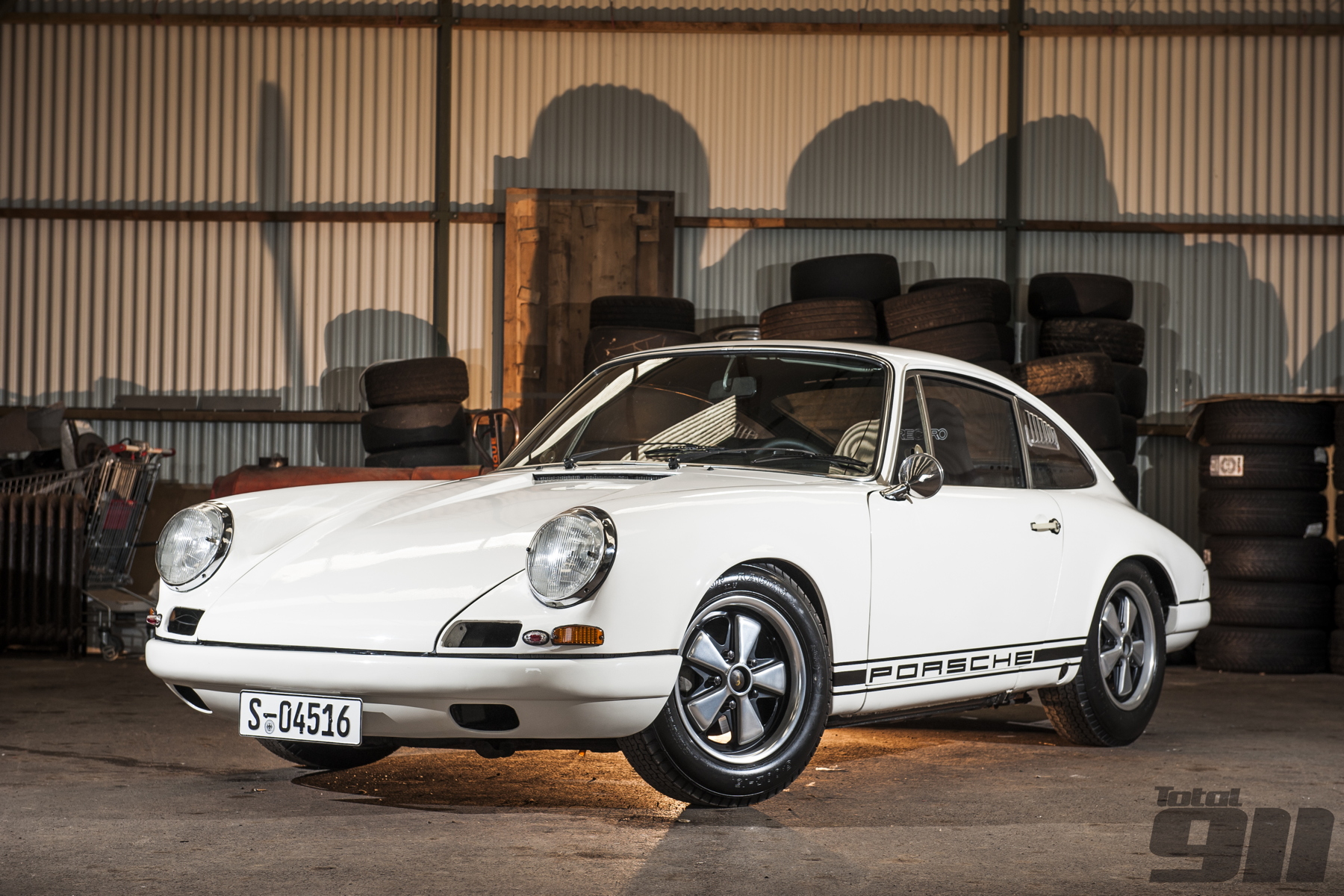The ‘R’ badge: A Porsche 911 History
It seems incredible to consider now (having racked up thousands of wins around the world) but Porsche never intended its new 911 sports car to be used in racing when the 356’s successor was first realised.
However, after a few privateers entered 911Ss modified for competition in the 24 Hours of Le Mans (and the factory dipped its toes into the world of rallying in the 1965 Monte Carlo Rally), Porsche was finally convinced to make a thoroughbred 911 racer in 1967.
Under the guidance of the motorsport department’s new Head of R&D, Ferdinand Piëch, the new car would be badged as the Porsche 911R – the ‘R’ standing for ‘Renn’ (‘Race’ for those unfamiliar with the German language).

Piëch’s team put the 911 on a strict diet to get it ready for racing: the door skins, bonnet, decklid, bumpers and front wings were all made in fibreglass, with all windows bar the windscreen manufactured from perspex. The first 911R to roll out of the factory even featured a one-of-a-kind, lightweight aluminium shell.
Inside, the interior was completely stripped out. Just three of the 911’s iconic five dials remained in the dashboard, with the door cards reduced to the very basics (including a simple leather pull strap).
Porsche removed all the soundproofing and the heating system while even the glovebox lid was deleted to save weight. The end result was a car that weighed just a shade over 800kg, making it the lightest Porsche 911 ever built.

Propulsion was provided by the 901/20 flat six used in later versions of the Porsche 906 Carrera prototype. The 1,991cc engine turned out an incredible 210bhp, giving the Porsche 911R a barely believable power-to-weight ratio of 258bhp/tonne. In 1967!
Upon driving it, Head of Motorsport, Huschke von Hanstein was immediately smitten, wanting 500 examples built in order to homologate the 911R for international GT competition.
Unfortunately, the sales department didn’t agree, believing it nearly impossible to sell such a large number of hardcore 911s. In the end, just 20 Porsche 911Rs were built (along with four pre-production examples) with the car forced to race against the prototypes thanks to a lack of homologation.

Sales were not helped by a DM 45,000 price tag (the standard Porsche 911 sold for around DM 21,900) but the car did have some success on the track, including setting a number of world distance records at Monza in October 1967 in the hands of Jo Siffert and a number of other Swiss racers.
The Porsche 911R’s biggest achievement was undoubtedly the Marathon de la Route, an 84-hour (yes, really) race around the Nürburgring Nordschleife. Driving a Sportomatic-equipped 911R, Hans Hermann, Jochen Neerspach and Vic Elford won by an incredible 1,000km.
Elford drove the car for the entirety of the four seven-and-a-half-hour night stints but had to leave the circuit early due to other racing commitments. This didn’t stop the 911R racing into the record books though and becoming a famous part of Porsche’s motorsport folklore.
For more historical online features, check out our full selection of ‘Porsche 911 history’ articles now.

Comments (0)